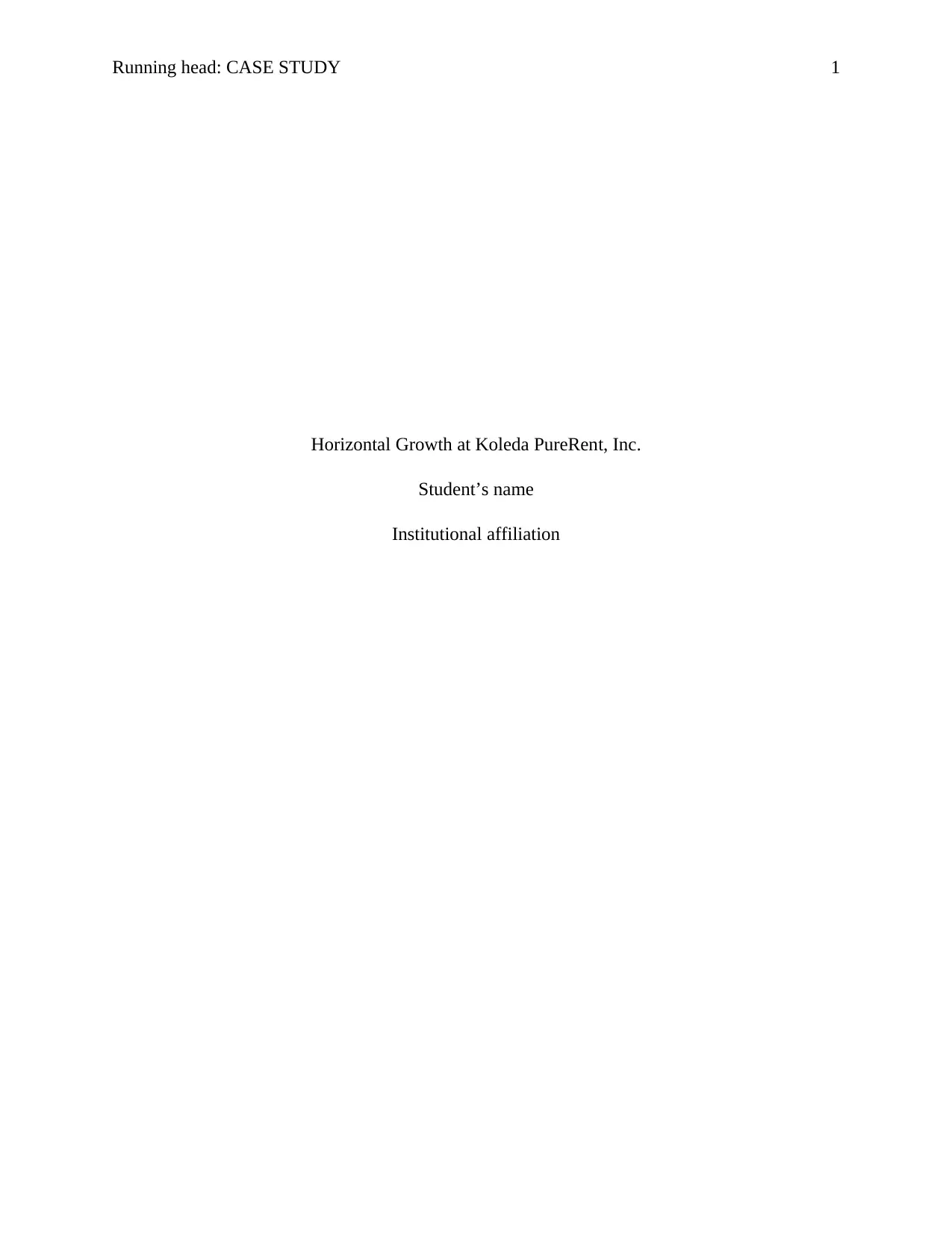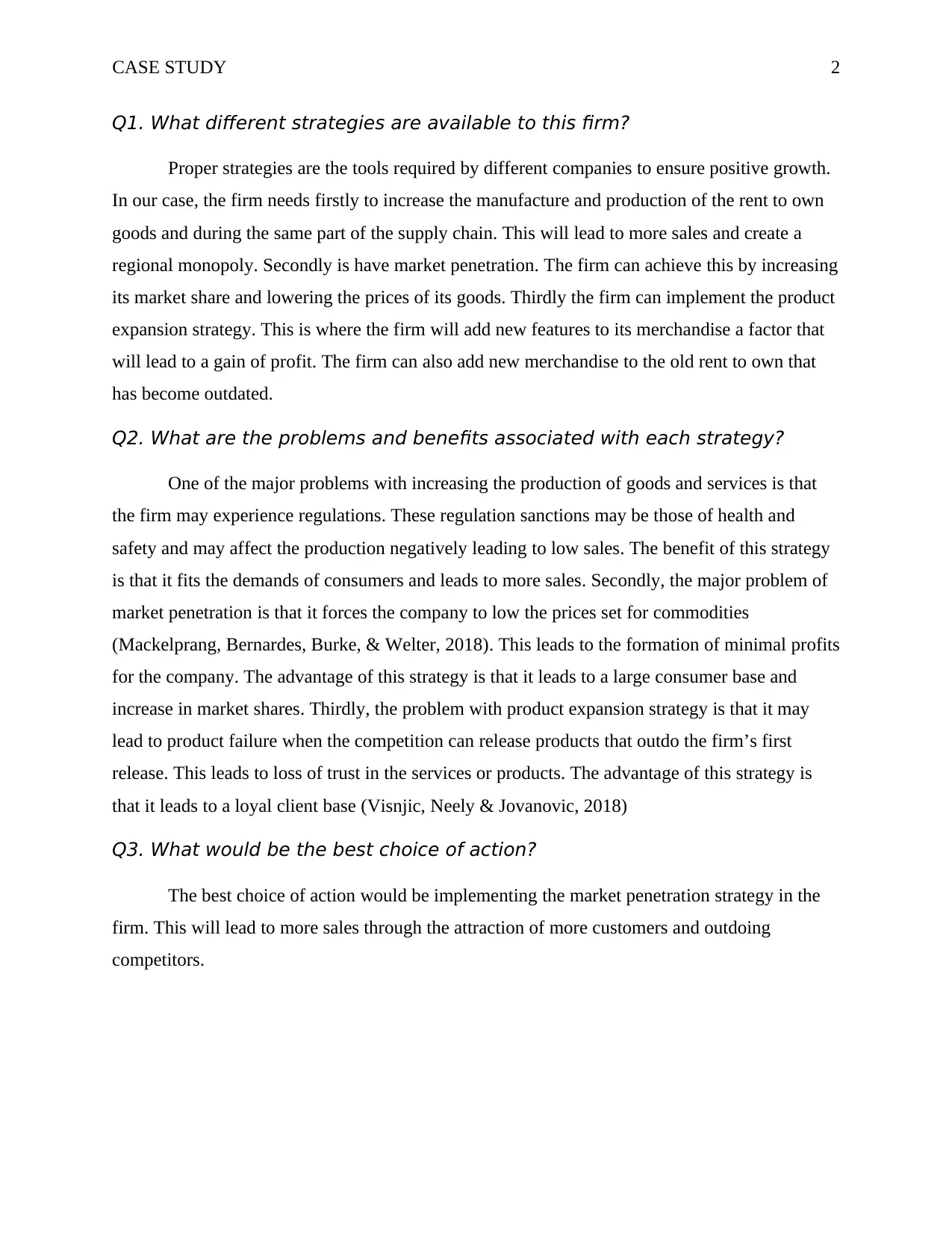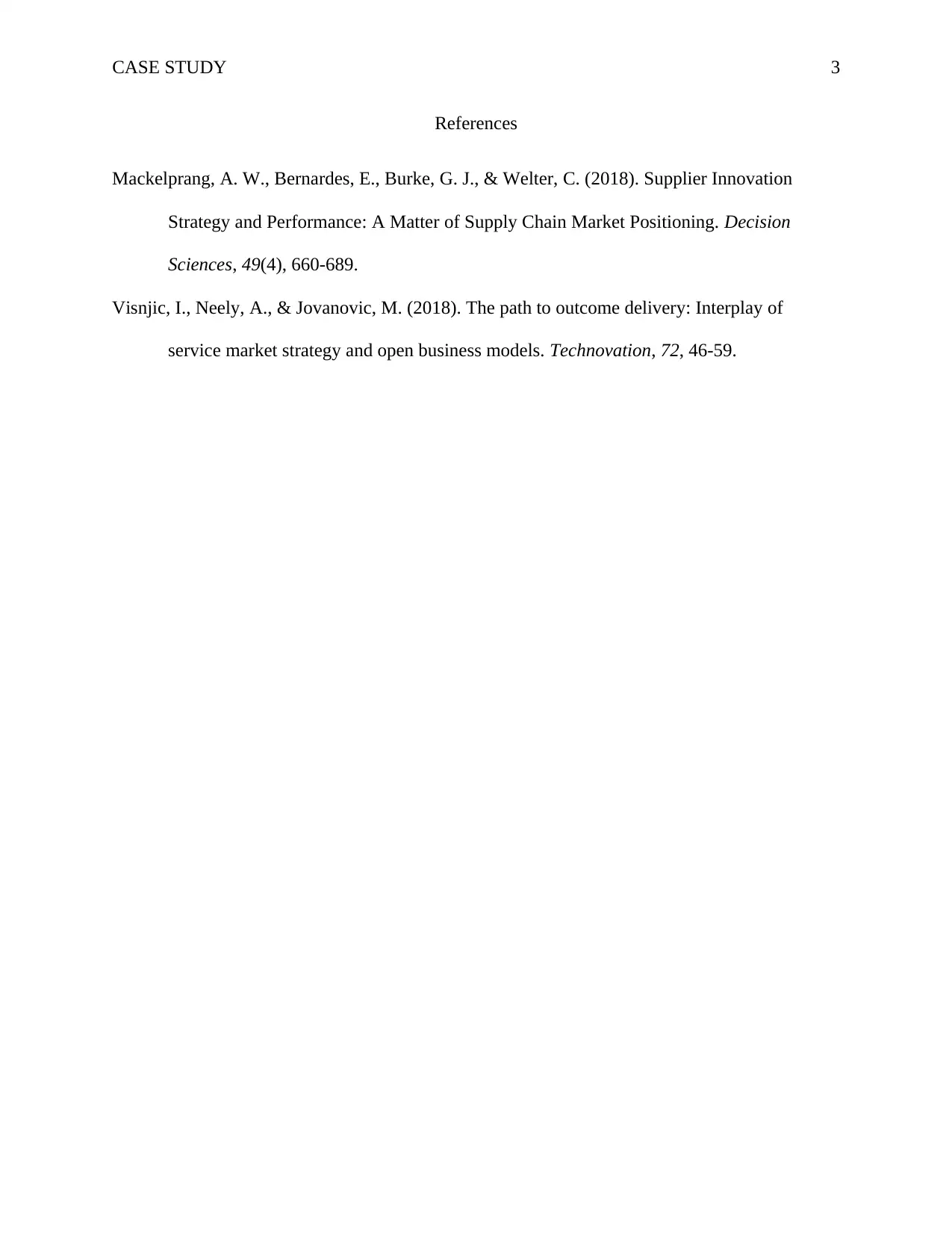Horizontal Growth Strategies at Koleda PureRent Inc: A Case Analysis
VerifiedAdded on 2023/06/04
|3
|501
|169
Case Study
AI Summary
This case study examines the horizontal growth strategies available to Koleda PureRent Inc., including increasing production, market penetration, and product expansion. It identifies the problems and benefits associated with each strategy, such as regulatory challenges and increased sales for production increases, price reductions and larger consumer base for market penetration, and potential product failure versus client loyalty for product expansion. The analysis suggests that implementing a market penetration strategy would be the best course of action for the firm, as it would lead to increased sales by attracting more customers and outperforming competitors. Desklib provides this solution and other resources to support student learning.
1 out of 3




![[object Object]](/_next/static/media/star-bottom.7253800d.svg)